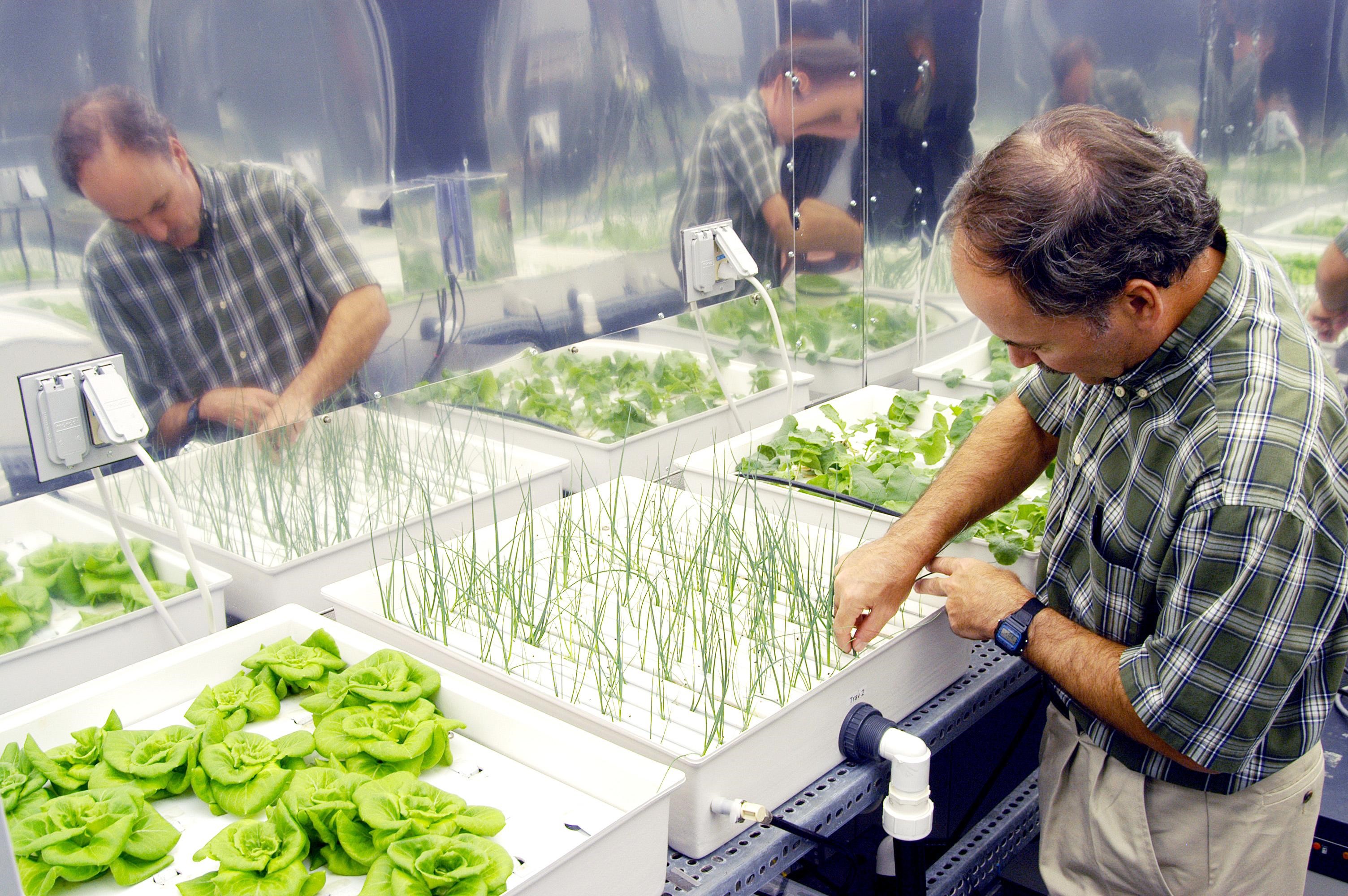Growing indoor cannabis 101
- Introduction to Cannabis Cultivation
- Understanding Hydroponics
- Seed Germination and Cloning
- Water Quality Management
- Optimizing Growth Environments
- Pest and Disease Management
- Harvesting and Curing
- Safety and Security Issues
- Business and Marketing Strategies
- Ethics and Responsibility
- Practical Applications & Case Studies
- Review and Self-Evaluation
- Final Project & Peer Review
Understanding Hydroponics
Introduction to Hydroponics

Agricultural technics for growing plants without soil using nutrients in water.
Hydroponics is a method of growing plants without soil, using mineral nutrient solutions in a water solvent. This method allows plants to receive their nutrients directly from the water, eliminating the need for soil and providing a controlled environment for optimal plant growth.
History of Hydroponics
The concept of hydroponics dates back to ancient times. The Hanging Gardens of Babylon, one of the Seven Wonders of the Ancient World, is believed to have used a form of hydroponics. The Aztecs also used a form of hydroponics, known as chinampas or "floating gardens", to grow crops on the shallow lake beds in the Valley of Mexico.
In the 19th century, researchers began to understand the role of nutrients in plant growth, leading to the development of nutrient solutions. The term "hydroponics" was coined in the 1930s, derived from the Greek words "hydro" (water) and "ponos" (labor), meaning "working water".
Basic Principles of Hydroponics
In hydroponics, plants are grown in a nutrient-rich water solution instead of soil. The roots of the plants are either suspended in water (with air stones providing oxygen) or planted in an inert medium such as Rockwool or perlite.
The main principle behind hydroponics is to allow the plants' roots to come into direct contact with the nutrient solution, while also having access to oxygen, which is essential for proper growth. This direct access to nutrients and oxygen allows plants to grow faster and produce higher yields compared to traditional soil cultivation.
Types of Hydroponic Systems
There are several types of hydroponic systems, each with its own advantages and disadvantages. The most common types include:
- Deep Water Culture (DWC): In this system, plants are suspended in a nutrient solution with their roots submerged in the water. Air stones are used to provide oxygen to the roots.
- Nutrient Film Technique (NFT): In NFT systems, a thin film of nutrient solution is circulated over the roots of the plants, which are supported by a sloping trough or tube.
- Ebb and Flow (Flood and Drain): This system works by flooding the grow tray with nutrient solution at specific intervals and then draining the solution back into the reservoir.
- Aeroponics: In an aeroponic system, plants are suspended in air and the roots are misted with nutrient solution.
Benefits of Hydroponics in Cannabis Cultivation
Hydroponics offers several benefits for cannabis cultivation:
- Faster Growth: Cannabis plants grown hydroponically often grow faster than those grown in soil, as they have direct access to nutrients and oxygen.
- Higher Yields: Due to the faster growth rate and the ability to control the growing environment, hydroponic systems often produce higher yields compared to soil-based systems.
- Control: Hydroponics allows for precise control over the nutrients, pH, and oxygen levels, making it easier to optimize conditions for cannabis growth.
- Space Efficient: Hydroponic systems can be set up in a smaller space compared to traditional soil-based gardens, making it an ideal choice for indoor growers.
In conclusion, hydroponics is a versatile and efficient method for cannabis cultivation. It offers numerous benefits, including faster growth, higher yields, and greater control over the growing environment. However, it also requires a good understanding of plant nutrition and careful management to ensure optimal results.